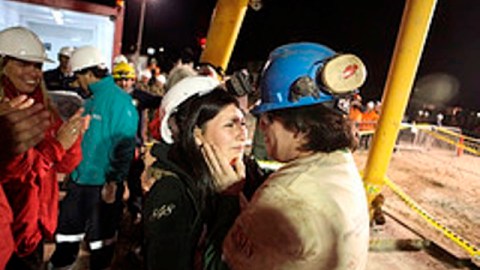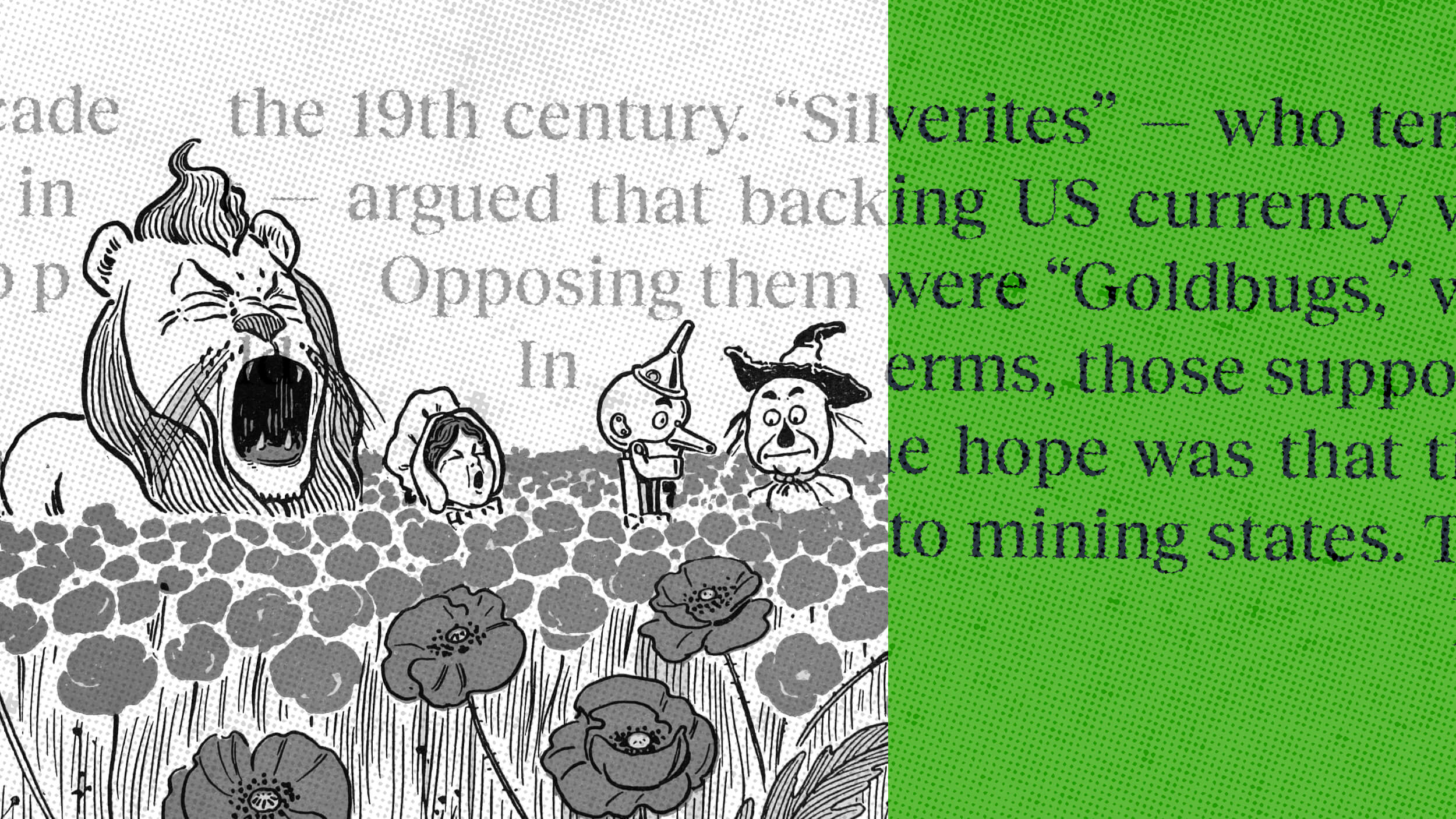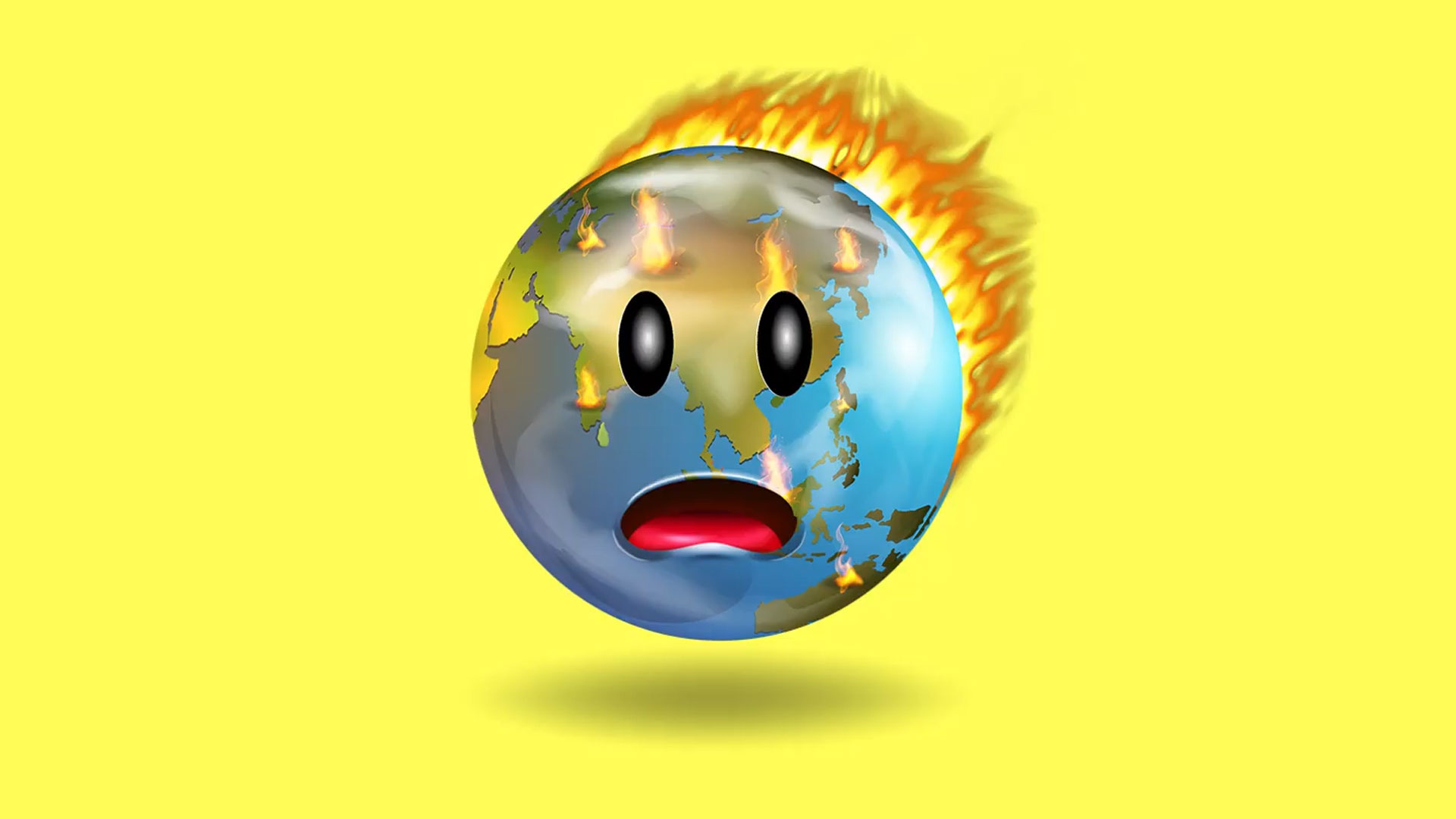Mining The Real Story

The World has watched and cheered to the rafters the human drama unfolding in Chile. That thirty three miners could be trapped underground for two months, survive and be winched to the surface in a capsule that looked as though it was once used in Star Trek is an extraordinary and joyous thing. To watch the faces of the families, of the rescuers, of the ordinary Chileans has been to experience something refreshing for a change – the victory of hope over despair.
Twenty four television coverage has allowed the World a front row seat on the human drama that has been unfolding. This is a story of course made for television, but shortly the caravan will move on. Perhaps the next great human drama won’t have such a happy ending, but even with this one at the San Jose mine, the bulk of the media shows scant interest in the conditions that led the miners to be trapped there in the first place. Why it was that the mining company, in a race for profit, sent miners into dangerous sections of the mine. There has been little effort even to send a reporting team beyond the mine to find out how people scratch a living from the edge of the desert, why it is so many were forced to this area to simply find work and what is it really like to work deep underground.
Miners the World over will not be surprised by any of this. Of course they will have delighted at the great rescue, for miners and their families are traditionally rooted in basic solidarity. For any miner whoever thought he could function as an individual and not as part of a team would never last long. But miners by the nature of their work underground are all too often unseen and overlooked. In Chile they work dangerous seams far from the public eye – and the drive for profit all too frequently does not mean that ‘safety comes first’.
I have been down coalmines in Wales, England, Poland and Outer Mongolia, and while the British mining industry had a much safer record than that of China, the job of digging the coal for the nation’s power stations was still an extremely tough and dangerous job. Miners in the old Communist states were eulogised as ‘heroes of labour’, and used to enjoy better wages than some other groups of workers, but today, wherever you look, from the diamond and gold mines of the South African reef, to the coal mines of the Donbas and Polish Silesia, miners do not get the respect and the reward they deserve. China’s mines remain some of the most dangerous in the World.
In Britain, in 1984, the bulk of Britain’s 200,000 coal miners went on strike in order to prevent their industry from being more or less shut down. That year long strike, a dispute marked by terrible hardship and suffering showed Britain at its best – through its mining communities. They lost, and a once great industry is gone. Those hundreds of thousands of miners faced years of unemployment, and frequently ill health. They were not marooned underground for two months like the Chilean miners, but they were abandoned in a different way. Which is why I imagine that miners, the World over to day, would appreciate it if the media spent just a little bit of time reporting the other side of the story. Their story.





